Guide to Creating Colorful Jewelry
- Natsudsama Pongkemmanun
- Oct 11, 2024
- 3 min read
Updated: Oct 31, 2024
When designing jewelry with colorful colors, there are several plating, coating and finishing techniques to consider. Each method offers its own unique benefits and is suited for different styles and uses. Here’s a quick guide to some of techniques for achieving colorful jewelry.
1. Casting Color Gold: This method uses different metal alloys mixed with gold to create various colors like rose gold, purple gold, or green gold. The color comes from blending gold with metals like copper or palladium, so the color runs through the entire piece, not just the surface.
The result is a long-lasting color that won’t fade over time.
Best for: High-end jewelry where the color needs to stay consistent and won’t wear off.
2. PVD Coating (Physical Vapor Deposition): This technique vaporizes metals like titanium in a vacuum to create a thin but tough layer on jewelry. It’s gaining popularity because it’s cost-effective and durable.
The result is a shiny, scratch-resistant surface that lasts longer than traditional plating.
Best for: Jewelry for everyday use, mass-market to high-end jewelry that need a glossy, long-lasting finish.
3. E-Coating (Electrophoretic Coating): A coating or plating process where colours or lacquer are applied using electroplating. The electric current helps the coating material react with the surface. Both clear and coloured lacquers can be mixed to create various colours.
The result is a smooth, uniform coating that resists tarnish and corrosion.
Best for: Costume jewelry and pieces needing an even, protective finish.
4. Powder Coating: Colored powder is sprayed onto jewelry using an electrical charge. The piece is then baked in an oven to cure the powder into a strong, colorful layer.
The result is a vibrant, durable finish that resists chipping and fading. However, this method results in a thicker layer of coating compared to other plating or coating techniques.
Best for: Bold colourful fashion jewelry with matte or glossy finishes.
5. Anodizing: This electrochemical process adds an oxide layer to metals like aluminum, titanium. However, it's not suitable for precious metals such as gold or silver, which can be better treated with other finishes.
The result is very thin film but long-lasting, color can range from subtle to bright shades.
Best for: Aluminum, steel and titanium jewelry
6. Electroplating: This common method uses electricity to coat a base metal with a thin layer of another metal like gold, silver, or rhodium. It is the most popular techniques in the jewelry industry for adding color and a metallic finish.
The result is a metallic finish that looks like solid gold or silver but is more affordable. However, the coating can wear off over time.
Best for: Affordable jewelry
7. Hot Enamel: Created by grinding glass or coloured minerals into a fine powder, mixing it with water, and applying it to a surface. The piece is then heated to 600-1,000°C until the powder melts smoothly. Finally, it is dipped in acid to give it a glossy finish. The process requires high expertise. It suits only specific metals and shapes and it takes longer time for mass production. However, it is still popular in mid to high-end jewelry.
The result is durable, long-lasting, vibrant, glossy, and strong.
Best for: Mid to High-end or custom-designed jewelry

8. Cold Enamel: This method uses resin to coat the jewelry, creating a deep, glossy finish.
The result is a durable, glass-like surface with rich, customized colours.
Best for: Costume and colourful jewelry

9. Patina (Oxidization): This process chemically alters the metal surface, creating a natural, aged effect with varied colors and textures.
The result is a weathered, vintage look that adds depth and character.
Best for: Rustic or antique-inspired jewelry designs.
[COVER IMAGE : @JAIMIE GELLER JEWELRY @GIOVANNI FERRARIS @SATHU @Katia Rabey @PORCELAIN AND STONE @SELIM MOUZANNAR @NEVERNOT]
Author:

Ms. Natsudsama Pongkemmanun
A final-year student in the Bachelor of Gems and Jewelry program at College of Creative Industry (CCI), Srinakharinwirot University, is currently undertaking a cooperative education internship at Ten Fingers Factory and Design as a Marketing & Sourcing Assistant.
With a deep passion for the jewelry industry, she is excited to explore all aspects of jewelry, including production processes, gemstones, design, and business operations. She also takes great pleasure in sharing her insights and experiences through her journal blogs.
“All pictures and contents in this blog are used for educational purpose only
with respect to all cultures and practices.”





















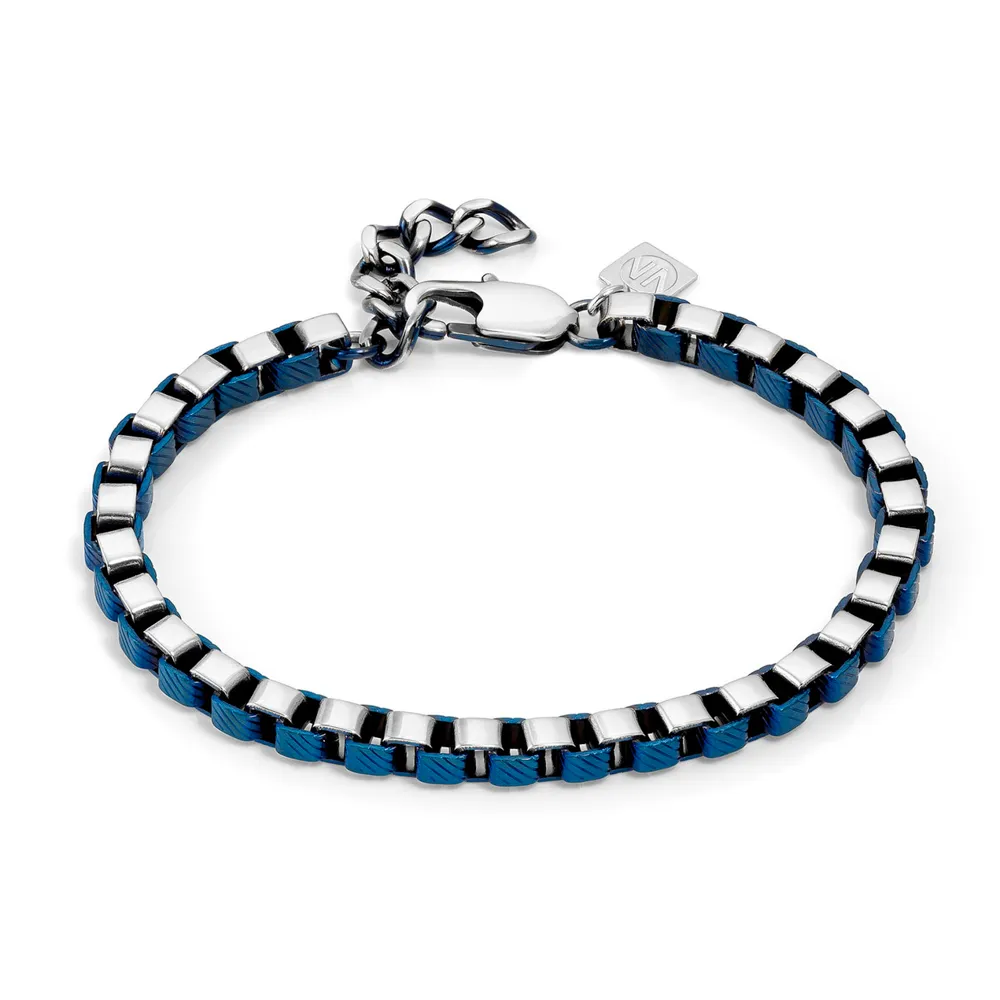























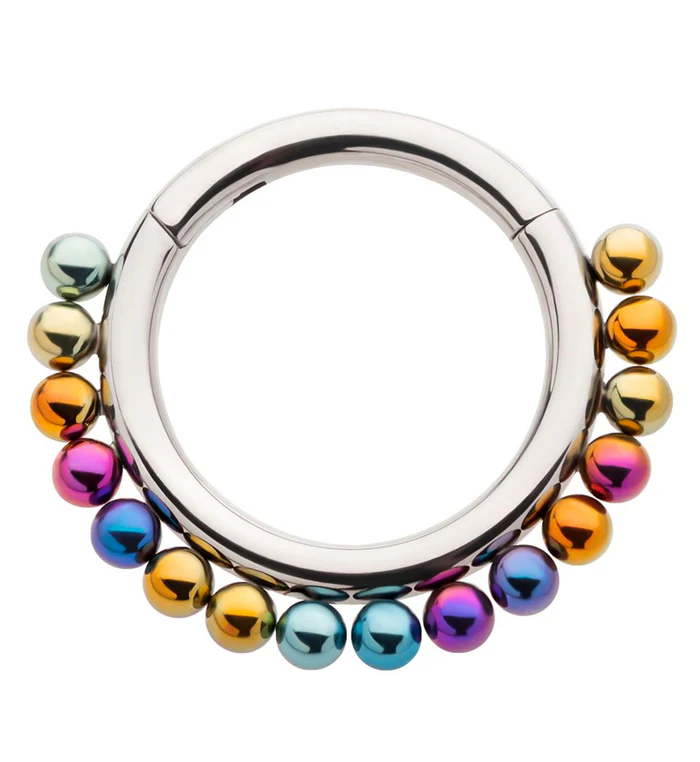





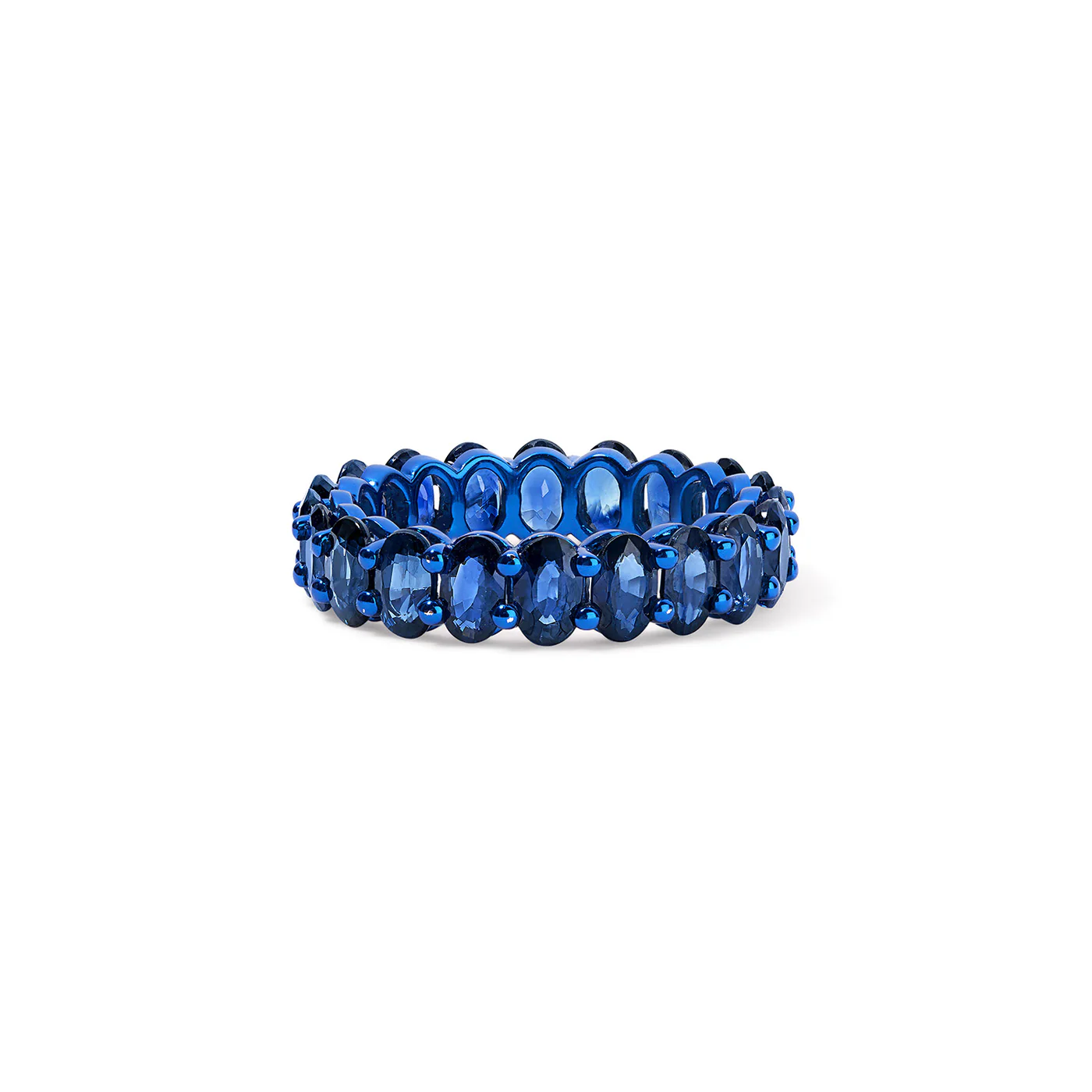
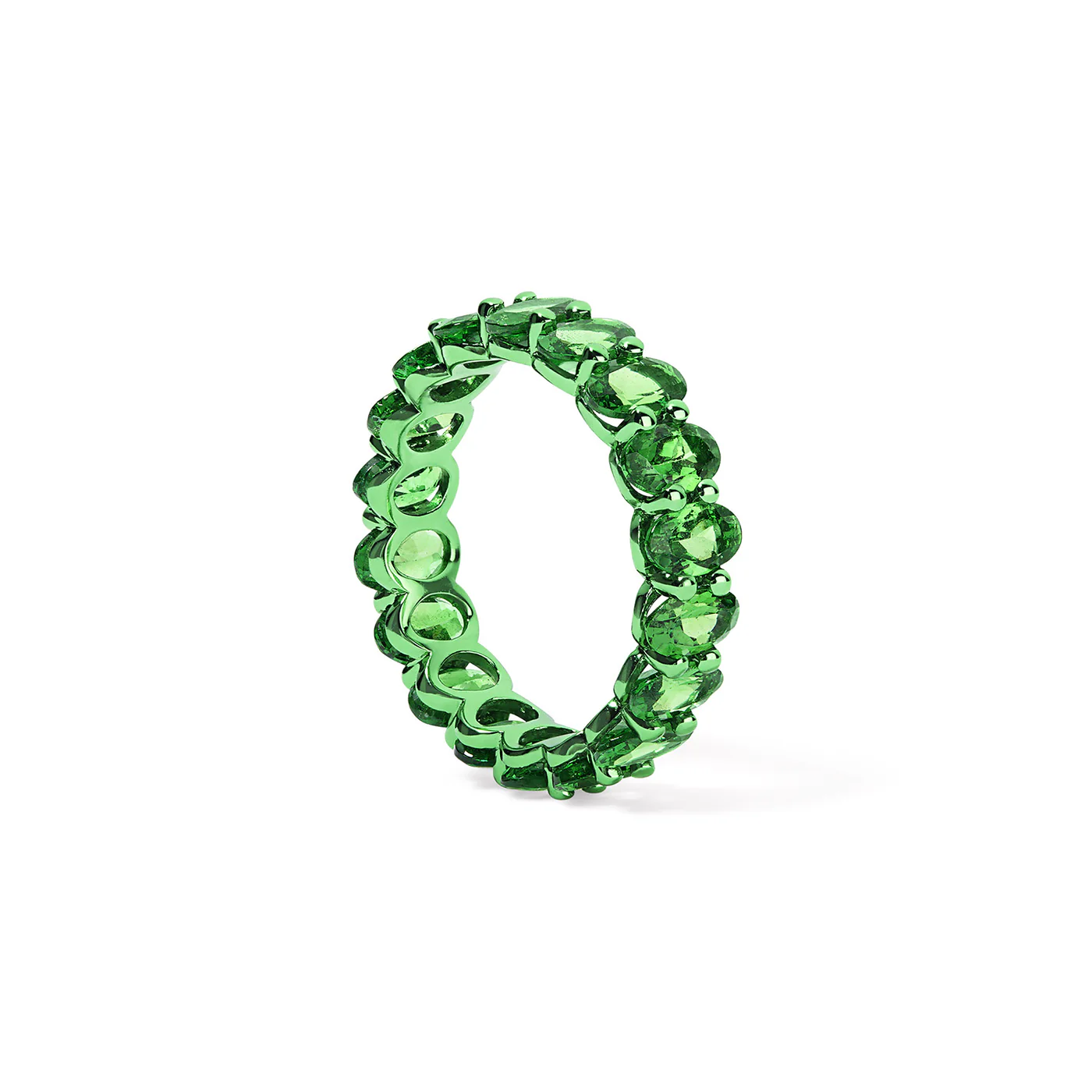














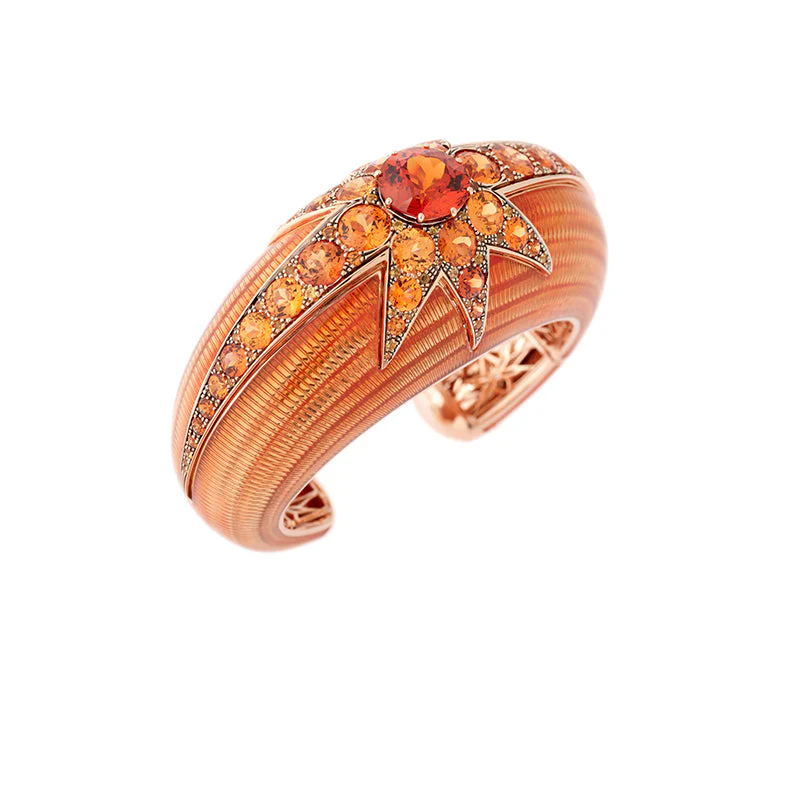






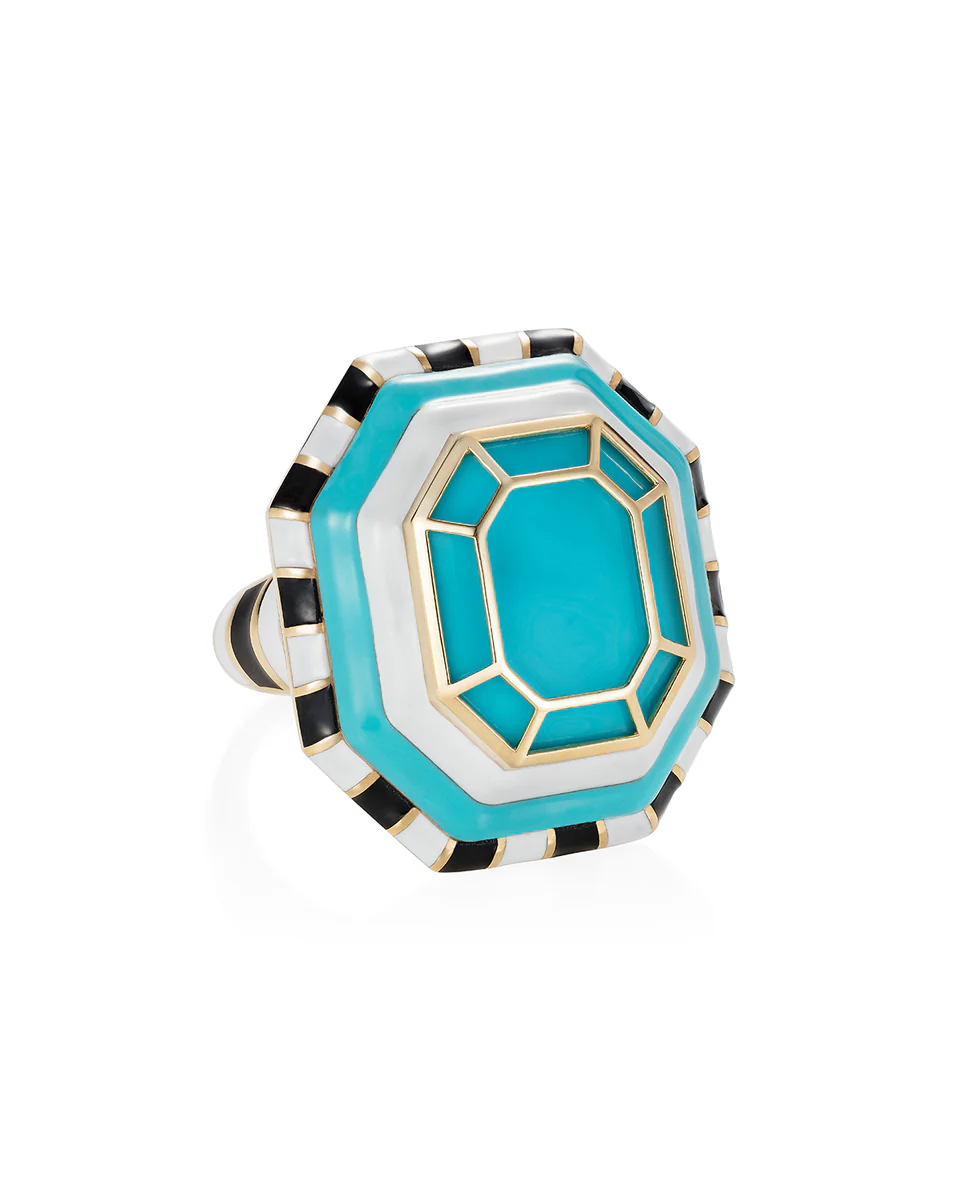



















Comments